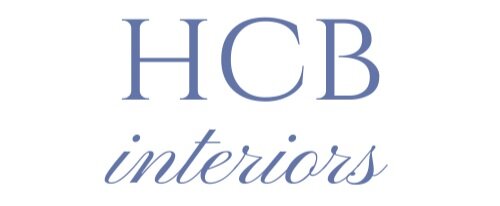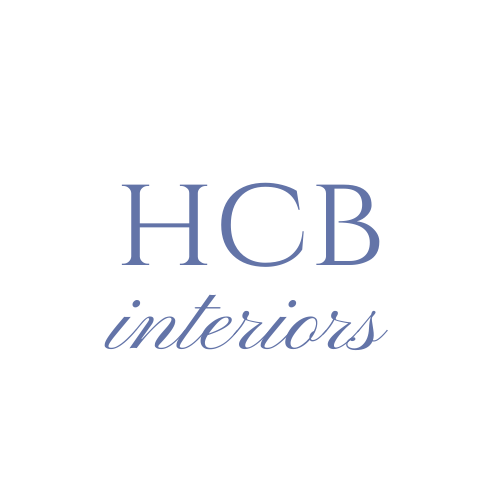Design 101: The Aha Moment! Discovering Your Style
I had planned on creating a whole series on how to determine your style & what to do with that knowledge. But, as mentioned in my previous post, I stumbled upon Darlene Weir's Style Bootcamp, & was so blown away by what an incredible job she did that I didn't think I could do it any better.
Instead, I thought I'd expand on what I learned (& what you will too!) from her series. Go on, grab a coffee, visit Fieldstone Hill, & come back to me when you're done. I'll wait....
Pretty great stuff, right? Let's talk about my favorite aspects of the Style Boot Camp: the personal style words & the signature style board.
Instead, I thought I'd expand on what I learned (& what you will too!) from her series. Go on, grab a coffee, visit Fieldstone Hill, & come back to me when you're done. I'll wait....
 |
Two things surprised me when I finished this exercise. One is the fact that none of my style words are visually descriptive design words - in other words, you can't use my style words to paint an exact picture of a room in your head. Instead, they describe how I want my home to feel; this is much harder to pin down, but also much more helpful in making decisions for my home.
So what are my style words? Classic, charming, kid-friendly, sentimental, joyful, cozy. My next post will delve further into what these words mean to me, & how I achieve them in my home.
 |
| Via http://pinterest.com/hcbinteriors/cozy-classic-character/ |
The other thing that surprised me was the pictures I ended up choosing for my signature style board. I went through Pinterest, & chose the pictures that made an instant connection. I didn't think through what I liked about them, or if they would go together in a collage. If I loved it after a quick glance, it went into my "favorite images" file. Narrowing those favorite pictures was harder, but I finally chose the ones that drew me in over & over. Again, I didn't think about why I liked them until the whole process was over - I didn't want to put too much thought into it, because then it wasn't as likely to be a gut reaction. And this is what I came up with:
 |
| Via http://pinterest.com/pin/210402613813719896/ |
What surprised me about the pictures I chose? They are full of blues, a little bit of green, creamy whites, warm woods & metals, and natural textures - all things I have said before are my preferences for a home, so no shocker there. But when I compare it to my previous homes, even though there are a lot of similarities, I can see that there is way too much brown & beige (the safe neutrals). If you look at the above collage, brown grounds most of the pictures, but as an accent, not as the main color. Even the one picture that has a lot of brown neutrals in it, as seen close-up below, has lots of white, warm metal tones, & some pattern. I do not have any colorful patterned drapes in my home - only neutrals - and I am ready for some fun! It's time to cast aside the safe stuff & go after what makes my heart sing.
In trying to be safe (because I tend to "tweak" my house a lot), all of the big items in my home are brown, tan, etc. The reasoning behind this isn't necessarily bad; my thought was that the more expensive items in my home should be neutral so that I can add in accents that can be easily changed out (& I still think this is a good plan for a lot of people). But here's the problem - my accents ended up being neutral also! Too much color can overwhelm me on a busy day, but not enough can lead to my home feeling flat & blah. Finding the happy balance is the solution.
I think the style boards are a good idea not only for discovering your personal style, but also for planning a room from scratch. As an example, when designing a kitchen, I prefer painted (usually white) cabinets, wood countertops &/or floors, and lighting that makes a statement. However, mixing these 3 things could create millions of different combinations. So, creating a kitchen style board can give me a good starting point for my overall design.
All of the pictures above have at least two of the three elements that I mentioned. In addition, blue cabinetry/wall color, open shelving, & lots of natural light can be found in most of them. This helps me narrow my preferences down even more. Seeing some of my favorite kitchens side by side also helps me determine those aspects that I don't really care for & would leave out of my planning.
I hope that this information has been helpful in guiding you toward determining your personal style. I know the process was helpful for me! Stay tuned for the next post - we'll figure how to translate your style words into design ideas.
Holly
In trying to be safe (because I tend to "tweak" my house a lot), all of the big items in my home are brown, tan, etc. The reasoning behind this isn't necessarily bad; my thought was that the more expensive items in my home should be neutral so that I can add in accents that can be easily changed out (& I still think this is a good plan for a lot of people). But here's the problem - my accents ended up being neutral also! Too much color can overwhelm me on a busy day, but not enough can lead to my home feeling flat & blah. Finding the happy balance is the solution.
I think the style boards are a good idea not only for discovering your personal style, but also for planning a room from scratch. As an example, when designing a kitchen, I prefer painted (usually white) cabinets, wood countertops &/or floors, and lighting that makes a statement. However, mixing these 3 things could create millions of different combinations. So, creating a kitchen style board can give me a good starting point for my overall design.
All of the pictures above have at least two of the three elements that I mentioned. In addition, blue cabinetry/wall color, open shelving, & lots of natural light can be found in most of them. This helps me narrow my preferences down even more. Seeing some of my favorite kitchens side by side also helps me determine those aspects that I don't really care for & would leave out of my planning.
I hope that this information has been helpful in guiding you toward determining your personal style. I know the process was helpful for me! Stay tuned for the next post - we'll figure how to translate your style words into design ideas.
Holly



